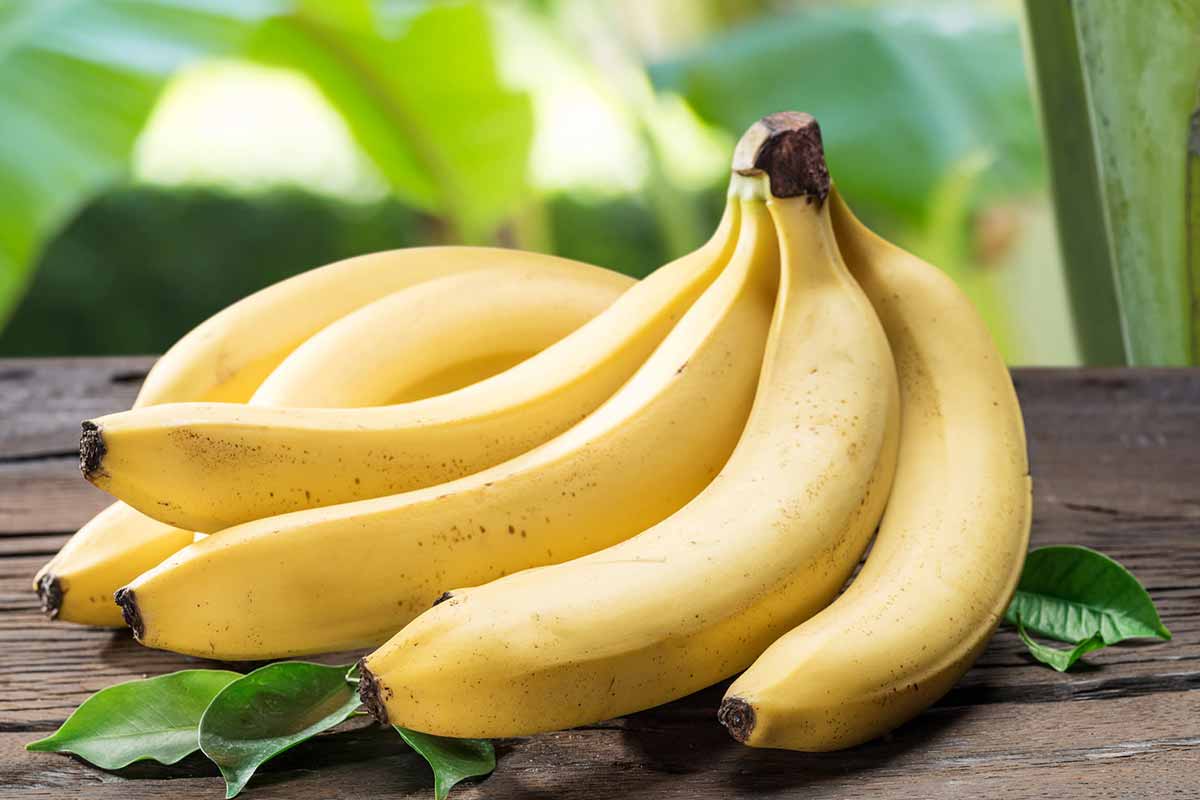Blemishes shouldn’t decide when you eat your fruit. With three simple habits, you can slow ripening, avoid bruises, and keep flavor at its peak. Temperature, gas, and handling do the heavy lifting; you just steer them. Do that, and bananas stay inviting longer, taste better, and stop turning into mush overnight. Less waste, fewer fruit flies, and more sweet, steady energy from a snack you already love. Simple steps. Big payoff.
Why ripening races ahead and how to slow it
Ripening isn’t random; it accelerates with warmth, humidity, and rough handling. This fruit releases ethylene, a natural plant hormone that signals cells to break down starches into sugars. As the signal strengthens, texture softens, peel pigments shift, and aromas bloom. Manage those triggers early, and you protect structure, sweetness, and shelf life.
Start with placement. Keep the bunch in a cool, dry location away from direct sun. A shaded counter, ventilated pantry, or cabinet slows enzyme activity and limits moisture. According to Penn State’s Martin Bucknavage, about fifty-four degrees Fahrenheit is ideal. Educator Cindy Brison favors shaded tables that stay out of window light.
Light isn’t the only culprit. Poor airflow traps heat and ethylene, while crowded bowls add pressure points that bruise. Gentle spacing keeps skins intact and delays dark spots. Handle the bunch lightly, avoid stacking heavy produce on top, and rotate positions occasionally so contact points shift before soft patches can form.
Keep bananas cool, shaded, and timed for the fridge
Cool slows metabolism, so a slightly colder spot makes a real difference. A table away from windows, a pantry shelf, or a cabinet helps stabilize temperature. When the fruit hits peak ripeness, move it to the refrigerator. The peel may darken on the outside, yet the flesh inside stays pleasantly firm and sweet, often buying a day or two.
Timing matters. Refrigeration too early interrupts normal ripening and can dull flavor and texture. Wait for full color and aroma first, then chill to pause deterioration. If you overshoot by a day, don’t worry; the interior tastes fine. Save the darker skins for baking, smoothies, or quick frozen snacks later.
Humidity control also helps. Keep surfaces dry, skip closed containers, and avoid plastic bags that trap condensation. Water droplets and stagnant air speed deterioration and invite fruit flies. Instead, leave space around the bunch so air can move. With modest vigilance, coolness, dryness, and timing together extend freshness several extra days.
Stem wrapping and separation: controlling ethylene like a pro
Most ethylene escapes from the stem, so target that area first. Wrap stems tightly with plastic wrap or foil and secure with a small rubber band. The cover traps some gas at the source and slows the signal reaching the rest of the fruit. This simple tweak can buy a day or two.
Separation helps as well. Keep this fruit away from apples, avocados, tomatoes, pears, peaches, and kiwis, since those produce abundant ethylene. Mixed bowls look pretty, yet they shorten usable life. Give each group its own space, and you’ll limit cumulative exposure. The result is slower softening and a calmer, steadier ripening curve.
Think of ripening like a volume knob rather than a switch. Wrapping lowers the volume; spacing keeps the room quiet. Combine both, and you stabilize texture without complicated gear. For one body mention of the keyword, remember: slowing ripening means your bananas keep longer, taste better, and remain photo-worthy on the counter.
Hang bananas high: prevent bruising, boost airflow, cut gas
Countertops bruise fruit because weight presses on small contact points. A hook eliminates that pressure and lets air circulate. Suspended storage also reduces jostling from daily traffic, so dark spots appear less often. Less bruising means slower enzyme activity, which preserves texture. The payoff shows up as steadier color and better bite.
Hanging improves airflow, which disperses ethylene faster than closed containers or bags. Avoid tying the bunch in plastic, since trapped gas speeds softening. Educator Cindy Brison even uses a ceiling fan nearby to keep air moving gently across the peel. It doesn’t need to be strong; consistent movement is what matters most.
Hooks also reduce clutter. Without a heavy bowl, the fruit stays visible, so you grab it at peak ripeness rather than too late. Convenience reduces waste because you eat more at the right moment. For another body use of the keyword, remember the hook keeps bananas attractive, accessible, and far less bruised.
Smart habits, shelf-life myths, and a reader’s gravity trick
Little routines add resilience. Rotate the bunch so contact points change. Check for moisture and wipe surfaces dry. Skip sealed bins that trap heat and gas. If a piece overripens, peel and freeze slices for smoothies. When baking, brown skins actually help flavor, thanks to concentrated sugars and softened cell walls.
One reader tip uses gravity cleverly. Buy fruit still slightly green at the edges, then store it upright in the refrigerator with stems pointed downward. This position reduces pressure along the sides and limits bruises. The peel may darken, yet the interior stays firm and smooth; she reports fruit lasting up to a month and a half.
Treat that trick as situational, not absolute. Home refrigerators vary, and crispers trap humidity. Test a small batch first, then adjust. Keep stems wrapped even in the fridge for added ethylene control. For the third body occurrence, it means your bananas can hold their prime longer, with fewer soft spots and off-odors.
Simple storage choices that stretch freshness without changing your routine
Small, steady choices compound into extra days of flavor. Cool placement slows metabolism, wrapping mutes ethylene, and hanging prevents bruises. When timing aligns, a short refrigerator pause extends peak texture. Follow those habits, and bananas stop racing toward mush; they meet you where you are, ready, bright, and easy to enjoy. Your counter stays calmer, your bowl looks fresher, and your snack plan finally keeps pace. Small changes, lasting results.
